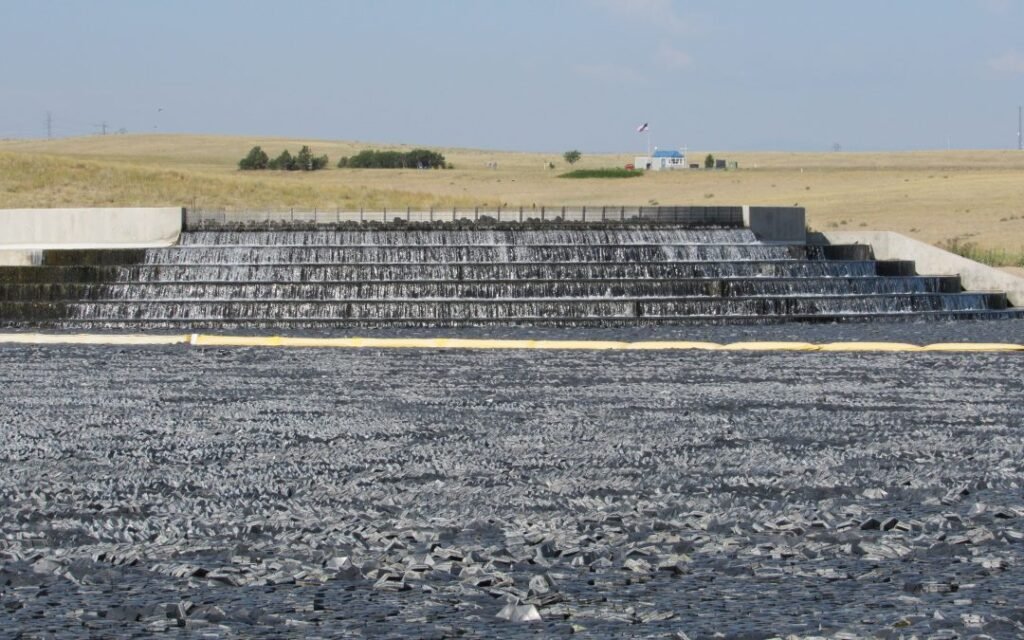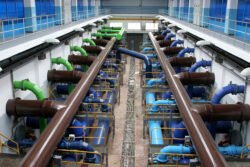Quenching the Thirst of a Growing City: Aurora’s Prairie Waters Project

As populations surge across the American West, ensuring adequate water supplies presents an escalating challenge for municipalities. Aurora, Colorado, provides a model for sustainably securing a city’s long-term water needs despite rapid expansion. Aurora taps into renewable underground water sources through the innovative Prairie Waters Project while promoting conservation and responsible growth.
Rapid Growth Strains Supplies
Aurora, located just east of Denver, has undergone exponential development and demographic shifts in recent decades. Since the 1990s, the population has ballooned from around 200,000 to over 380,000 residents. Projections estimate that by 2050, over 560,000 inhabitants will call Aurora home. This burgeoning city also weathered severe droughts in the early 2000s, straining existing water stores from the over-tapped Colorado River and underground wells. With future uncertainties surrounding climate change and regional growth, Aurora needed to act decisively to protect this vital resource.
Tapping the Ogallala Aquifer
In response to escalating water pressures, Aurora Water commenced the Prairie Waters Project in 2003 to secure sustainable, long-range supply infrastructure. At the heart of this initiative lies the Ogallala Aquifer, an expansive underground water source spanning eight states in the Great Plains. In rural Weld County, Colorado, Aurora Water I drilled 30 wells tapping down 650 feet into this aquifer, which can pump 10,000 acre-feet per year – fulfilling over 10% of Aurora’s current water needs. The infrastructure also allows for increasing supply capacity in a modular fashion, establishing a foundation for population growth.
Water Treatment and Delivery
However, extracting pure water from hundreds of feet underground is only the beginning. An 82-mile pipeline directs flow to three advanced water treatment plants that remove iron, manganese, silica, radon, and other impurities before water quality exceeds all federal standards. Adjusting pH levels minimizes pipe corrosion when delivering water to end users. Two pump stations transport treated water uphill, flowing entirely by gravity into storage reservoirs nearer the city. Monitoring systems across all infrastructure enable precise control while maximizing energy efficiency.
While securing new water flows is vital, Aurora Water understands that responsible usage is equally essential for sustainability. Conservation efforts since 2002 have already reduced per capita water consumption by 30% through initiatives like home irrigation audits and efficiency rebates. Water rates that escalate for higher usage also deter excess. Looking ahead, Prairie Waters’s supply capacity gives Aurora flexibility in diverting water access to new developments only when builders adhere to best construction practices around xeriscaping outdoor landscaping and installing smart indoor water controls. Community buy-in and shared water conscientiousness make the Prairie Waters Project a reality.
The Future Looks Bright
The forward-looking Prairie Waters Project is one of America’s most ambitious and sustainable municipal water programs in recent years. Aurora is prepared to handle future growth and climate fluctuations responsibly, with a supply infrastructure now firmly in place and responsibly buffered by community conservation ethos. Expandable wells tapping into the vast Ogallala Aquifer reserves guarantee adequate base flows for decades while treatment facilities clean this natural water to strict quality guidelines. Aurora manifests how even arid Western cities can balance development pressures and natural limitations through innovation. Prairie Waters sustainably cements a bright future for all Aurora residents.

